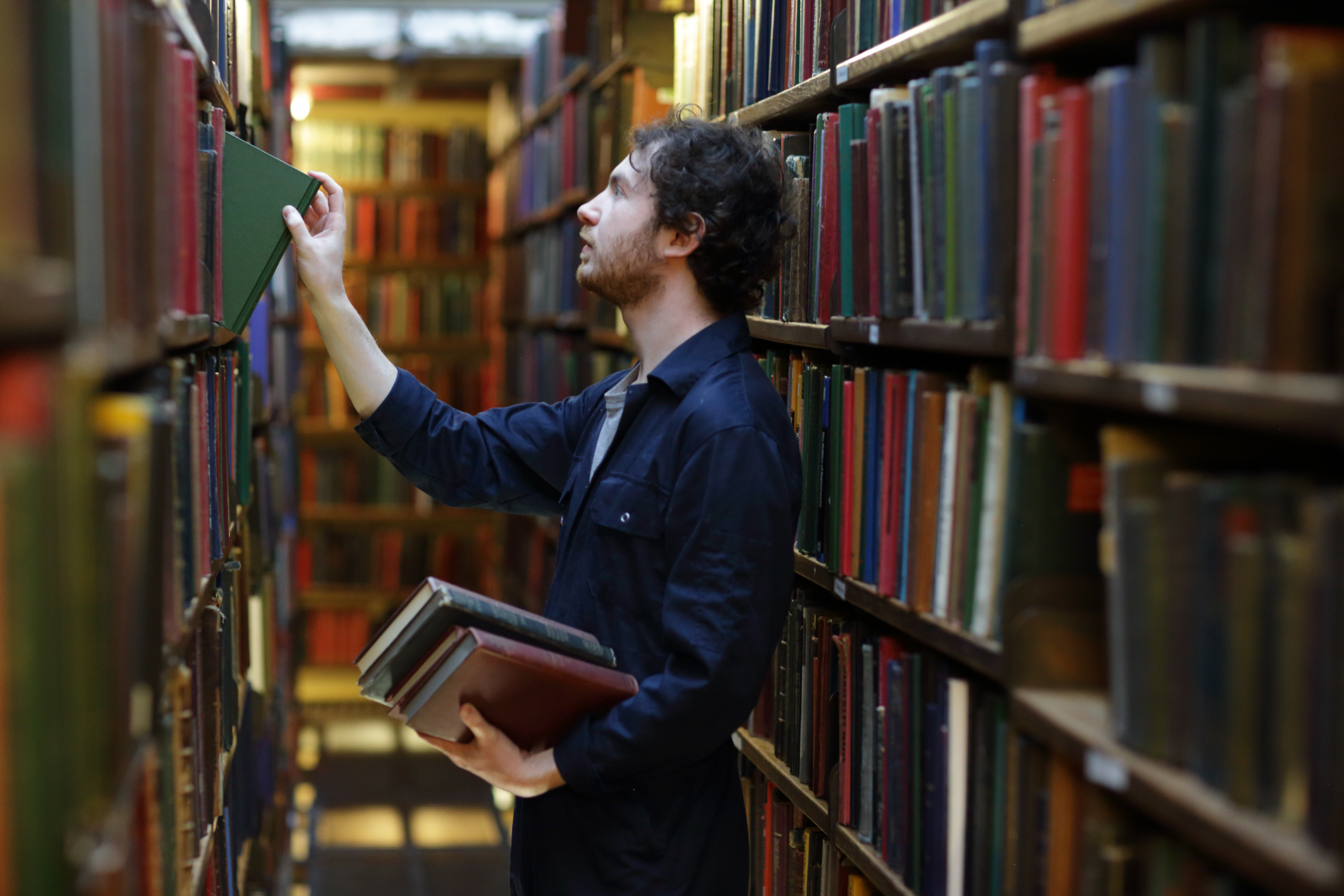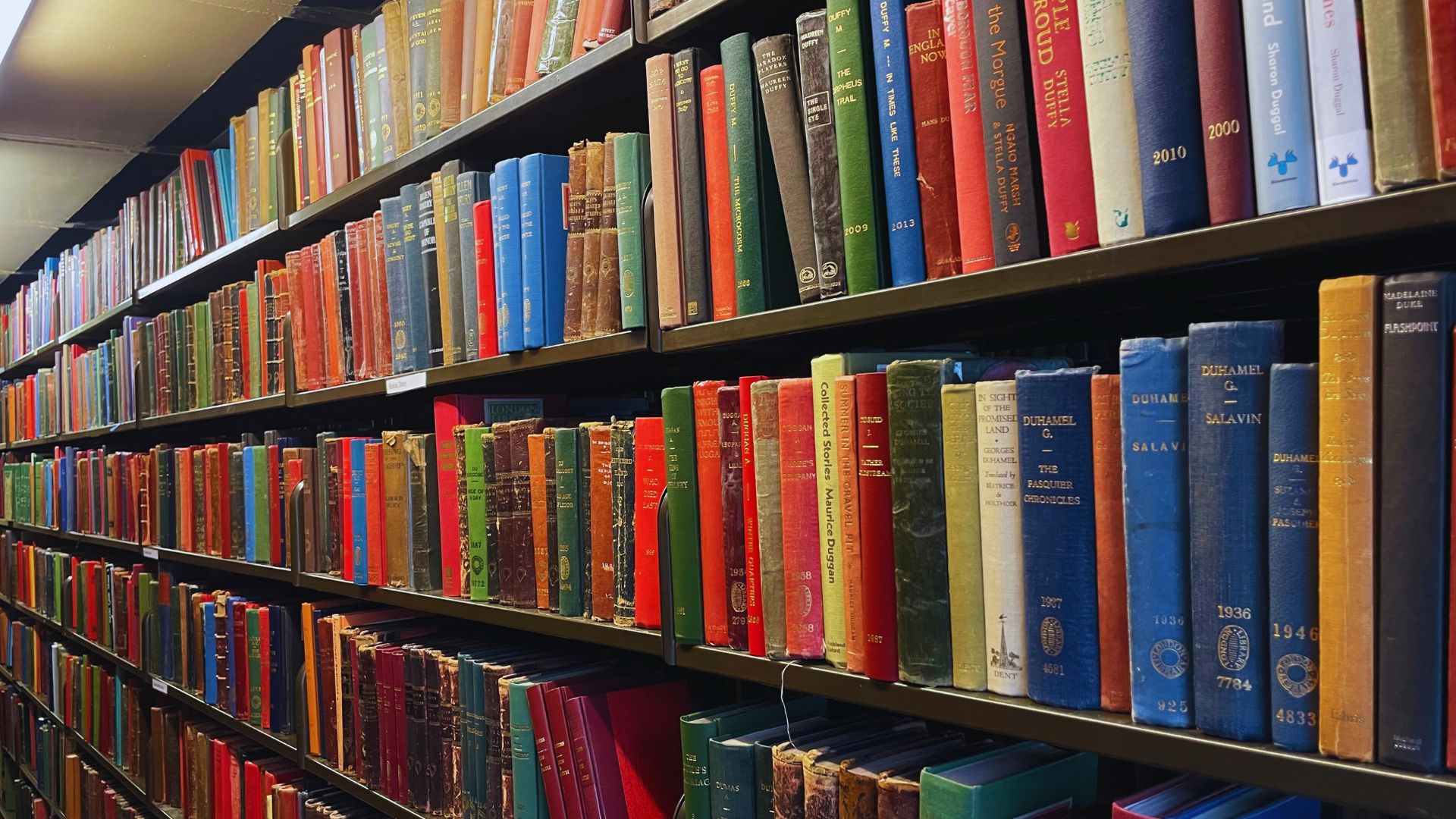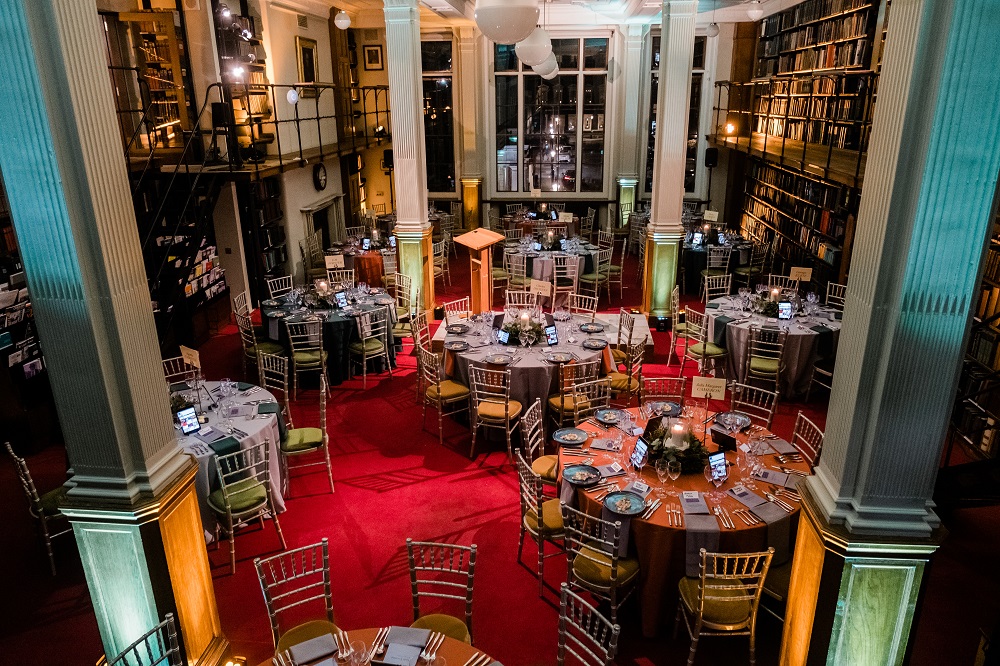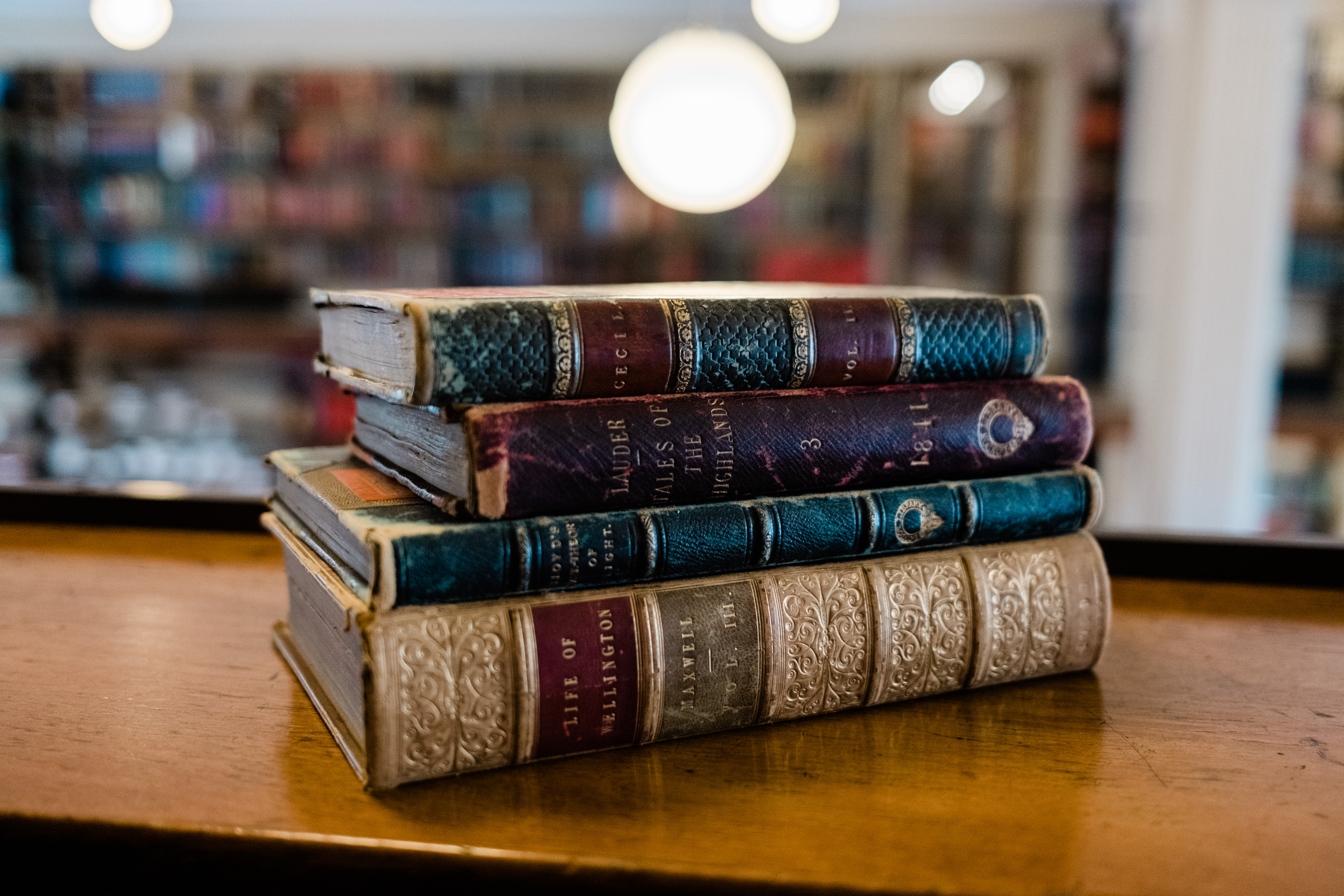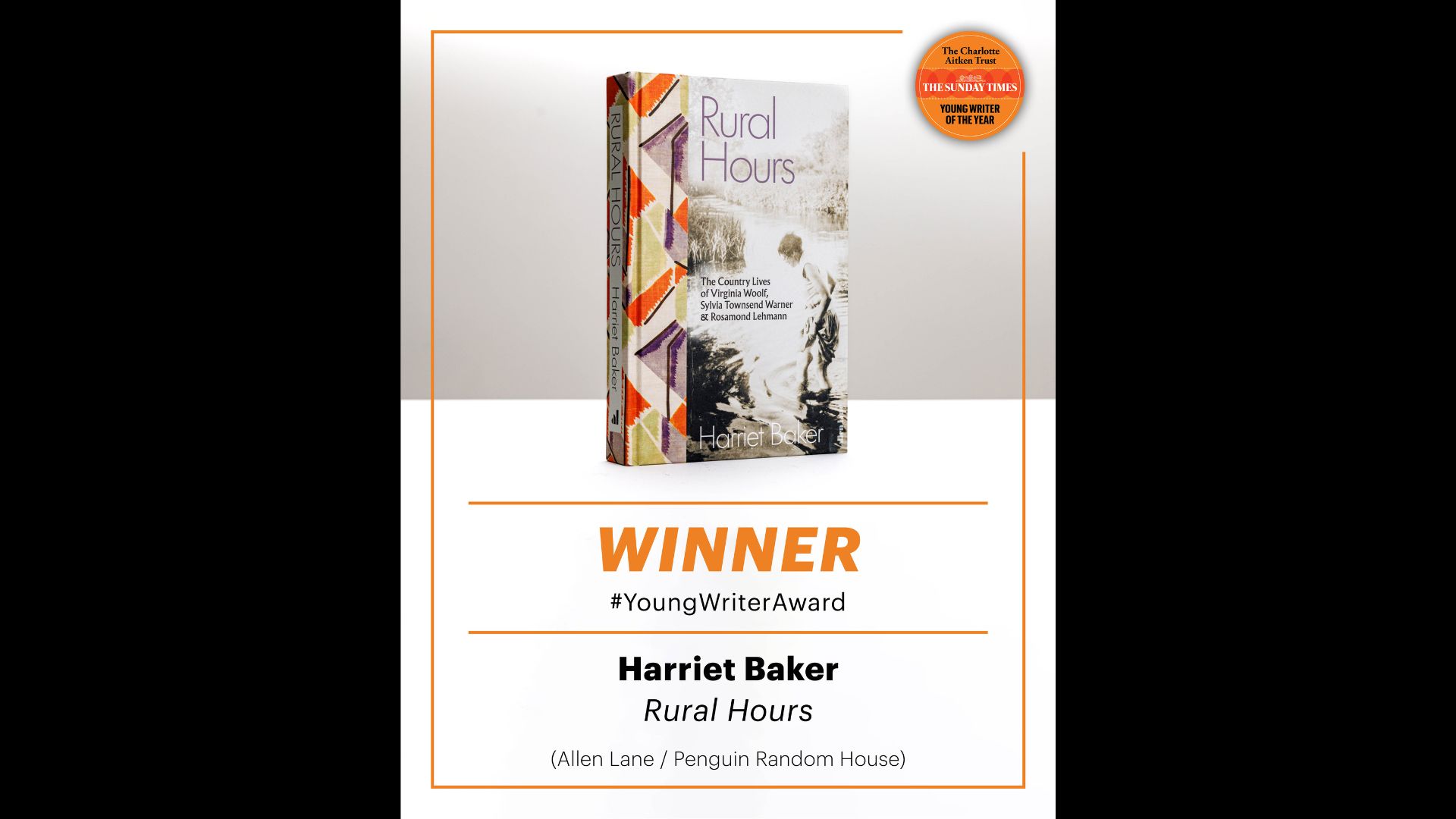The first of these books is Jean de Meun’s Le dodechedron de fortune : livre non moins plaisant & recreatif, que subtil & ingenieux entre tous les jeux & passetemps de fortune, printed in Paris in 1556.
Jean Clopinel or Chopinel (ca. 1240-ca. 1305), named de Meun after his birthplace, was the French poet best known for writing a continuation to the Roman de la Rose. In his poem he famously satirizes the Pope, monastic orders, marriage, love, and women and his playful and irreverent attitude towards life is also evident in theDodechedron. It is an instruction manual for telling fortunes using dice and it includes a table of numbers to provide answers to a list of set questions. The reader only needs to roll a twelve-sided die to get answers to questions such as whether a horse one is thinking of buying will prove a good investment, whether a prisoner of our acquaintance will be released soon or whether a particular person will come to bad end.
The author warns in his preface that the book should only be used for fun and is not to be taken seriously but the fact that it was printed more than two hundred years after his death suggests that it may have been more than just something to bring out at the end of a boring dinner party. Rather than diminishing over time its popularity appears to have grown so much that after a further five French editions were produced over the following three decades by various printers in both Paris and Lyon. It then travelled to London where an English translation was published in 1613 as The dodechedron of fortune, or, The exercise of a quick wit A booke so rarely and strangely composed, that it giveth(after a most admirable manner) a pleasant and ingenious answer to every demaund; the like whereof hath not heretofore beene published in our English tongue. Being first composed in French by Iohn de Meum, one of the most worthie and famous poets of his time; and dedicated to the French King, Charles the fift, and by him, for the worth and raritie thereof, verie much countenanced, vsed, and priviledged: and now, for the content of our countrey-men, Englished by Sr. W.B. Knight.
Jean de Meun seems to have delved into unorthodox territory driven by his mischievous and subversive character, but our next two authors were drawn into astrology and occultism out of a profound belief in their power.
Claude Dariot (1533-1594) was a French physician and astrologer who was sensible enough to also be a Calvinist rather than a Catholic since astrology was considered heretical by the Catholic Church. His key work, A briefe and most easie introduction to the astrologicall judgement of the stares, printed in London in 1598, was first published in Lyon in 1557 as Ad astrorum iudicia facilis introductio and in it Dariot blurs the lines between science and magic by discussing the effect the movements of the planets and stars have on some illnesses and asserting his belief in astrologically propitious days for preparing remedies and carrying out certain surgical procedures.
Heinrich Cornelius Agrippa von Nettesheim (1486?-1535) was secretary and counsellor to Charles V, Emperor of Germany. He was also a Catholic theologian, a royal physician, a philosopher and a soldier but he is defined by being the most important early modern writer on magic and the occult. He completed his most important work,De occulta philosophia, in 1510 and an enlarged version was published in Cologne in 1533. This is the work that earned him the title of “founder of occultism” and while he had a most eventful life travelling around Europe, being banished from Germany after a theological clash, and being imprisoned in France for his unwise remarks regarding the royal family he was never persecuted for his writings on magic, which in his later life he qualified as the product of misguided youthful curiosity.


